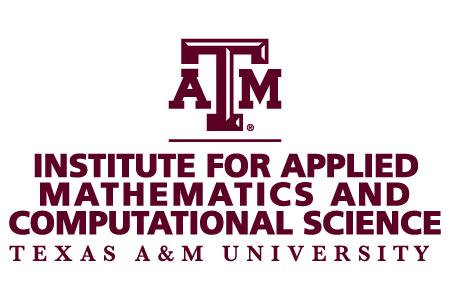Variance Reduction Methods in Stochastic Homogenization
December 7, 2011
3:00 p.m.
Frederic Legoll
Abstract
In this talk, we will describe various methods, among which variance reduction strategies, to make random homogenization more affordable from the practical viewpoint.
In the framework of stochastic homogenization, the homogenized matrix is defined from the so-called corrector function that solves a partial differential equation set on the entire space. This is in contrast with the periodic case, where the corrector function solves an equation set on a single periodic cell. As a consequence, in the stochastic setting, the numerical approximation of the corrector function is a challenging computational task.
In practice, the corrector problem is solved on a truncated domain, and the exact homogenized matrix is recovered only in the limit of an infinitely large domain. As a consequence of this truncation, the approximated homogenized matrix turns out to be stochastic, whereas the exact homogenized matrix is deterministic. One then has to resort to Monte-Carlo methods, in order to compute the expectation of the
(approximated) homogenized matrix within a good accuracy. Variance reduction questions thus naturally come into play, in order to increase the accuracy (e.g. reduce the size of the confidence interval) for a fixed computational cost.
In this work, we show that we can apply the classical technique of antithetic variables and get an approximation of the homogenized matrix with a smaller variance, for an equal computational cost. We will demonstrate, both theoretically and numerically, the efficiency of the approach.

